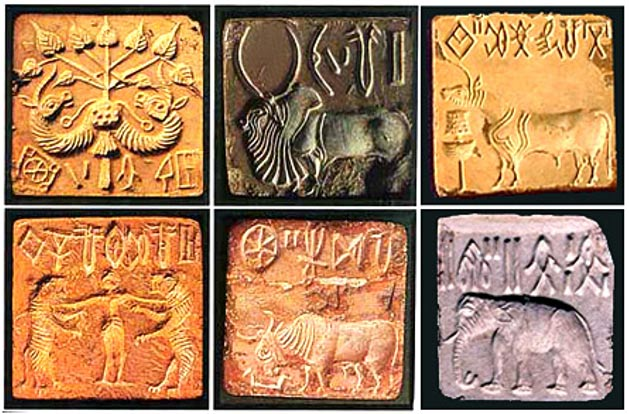A team of archaeologists has made a groundbreaking discovery: the long-lost tomb of Thutmose II, an ancestor of Tutankhamun and one of the last great rulers of Egypt’s 18th Dynasty. Until now, the final resting place of this historically important pharaoh had remained elusive.
At first, researchers believed they had uncovered the tomb of a royal wife. But as excavations progressed, they revealed an impressive entrance, a grand staircase, and burial chambers decorated with vivid scenes from the Amduat — an ancient Egyptian funerary text describing the soul’s journey through the underworld. Among the artifacts, the team found alabaster vessels inscribed with the names of Pharaoh Thutmose II and his wife Hatshepsut, confirming the tomb belonged to the king himself — a first for Egyptology since the discovery of Tutankhamun's tomb.
A Tomb Damaged by Time, but Rich in Clues
Although the tomb suffered significant damage from ancient flooding, parts of its contents were remarkably well-preserved. These finds offer valuable insights into the burial practices and political atmosphere of the time. There is also evidence suggesting that the pharaoh’s mummy may have been moved to a second, as-yet-undiscovered burial chamber.
Who Was Thutmose II?
Thutmose II ruled Egypt for a brief period, from 1493 to 1479 BCE. He was the son of Pharaoh Thutmose I and married his half-sister, the iconic Queen Hatshepsut. Despite being overshadowed by his powerful wife — who took the throne after his death — and by his son, Thutmose III, one of ancient Egypt’s greatest military leaders, Thutmose II played a key role in the royal lineage that led to the Golden Age of the New Kingdom.
What This Means for Science and History
For the global archaeological community, this discovery is a landmark moment.
“With this monumental success, we’ve solved one of ancient Egypt’s greatest mysteries: the location of one of the early kings of the 18th Dynasty,” said Dr. Piers Litherland, director of the excavation team.
But the find doesn't just bring answers — it also raises new questions. One major point of debate is the mummy labeled CG61066, previously believed to be Thutmose II. New evidence suggests the age at death does not match historical records, a detail that could reshape long-held assumptions.
The international team behind the discovery, composed of Egyptian and British archaeologists, has been working in the area for over 12 years. Their next goal is to locate the second tomb mentioned in ancient sources, which may hold the actual remains of the pharaoh.









